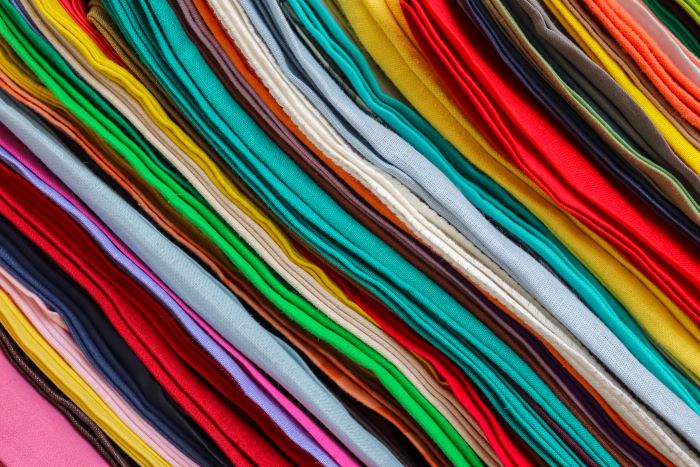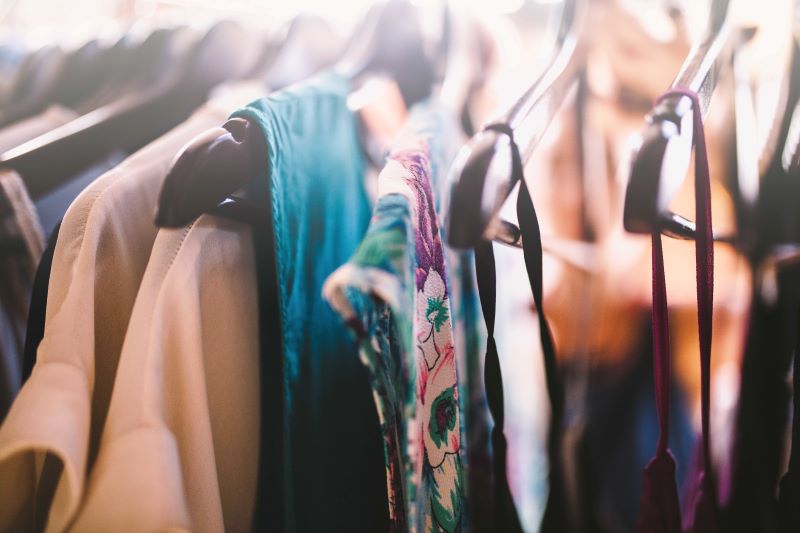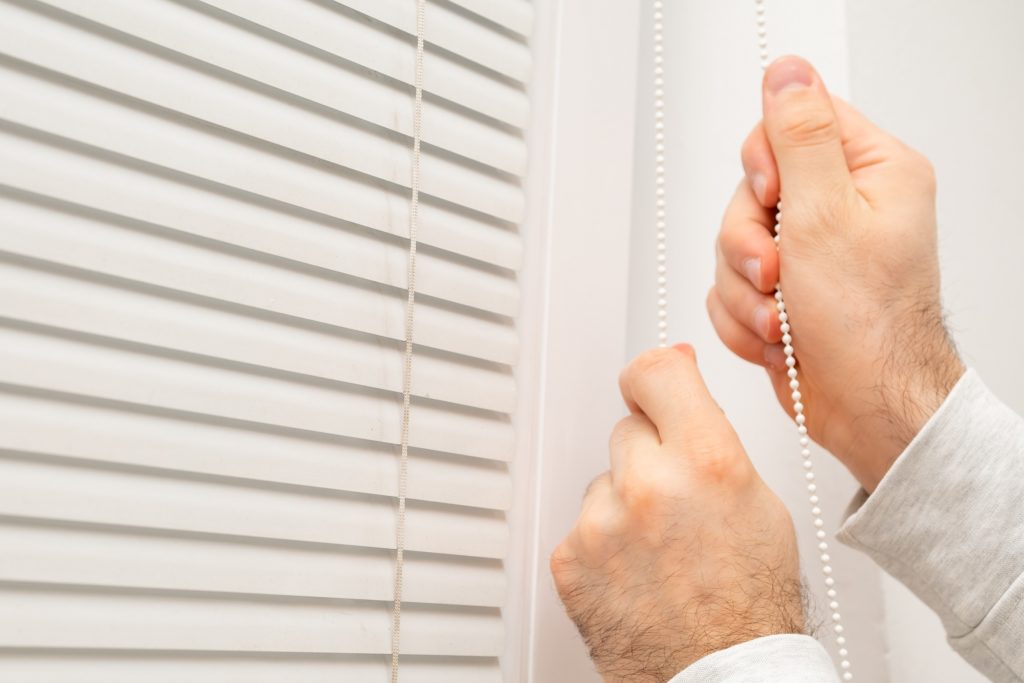It includes any kind of woven, knitted, crocheted, needlepunched or tufted fabric as well as threads and yarns.
It also encompasses non-woven geotextiles. The luster of a new moon textiles is determined by the type of fiber it is made from as well as how it’s processed.
Natural Fibers
Natural fibers are made from plant-based materials and animal-based material, including wool and silk. These are the fibers that we’ve been using for thousands of years to make clothing, textiles and cordage. They’re greatly elongated substances that can be spun into filaments, thread or rope and then woven, knitted or matted to form fabrics. They’re often more comfortable to wear than synthetic fabric, and they’re also much more eco-friendly.
There are three categories of plant-based natural fibers: seed (or bast) fibres, like cotton; leaf fibres, like sisal and agave; and husk or nut fibres, like coconut and cashmere. Animal-based natural fibres are also classified by their type – hair, skin and secretions, such as wool and silk.
It takes a lot of work to turn these raw, naturally produced fibres into the pristine fabrics that you can buy at shops and online. They have to be collected, cleaned and sorted before they can go through the various processes that will make them into the beautiful fabrics we use every day.
Cotton is the most popular and widely used natural fabric. It’s cool, soft and absorbent, making it a versatile fabric for garments and home textiles. It’s available in a wide range of styles, from silky satin to textured madras. It’s also easy to dye, which makes it perfect for patterned clothes and accessories. Linen is another beautiful natural fibre that’s very light and airy. It’s a soft fibre that can withstand high temperatures and is the oldest known woven cloth.
Synthetic Fibers
Synthetic fabrics are created by using chemical compounds to mimic the qualities of natural textiles. Some of the most common synthetic fabrics are polyester, rayon, acrylic, and nylon. These materials are usually derived from coal or petroleum products. They are very strong and durable, which makes them ideal for clothing and other household items. Generally, they are less expensive than natural fabric options.
During production, the polymers are converted to a liquid state for extrusion into fibers. This process uses chemicals like sodium hydroxide and carbon disulfide. The finished product has a very smooth texture, and is less prone to pilling and static than other types of fabric. Synthetic fabric also takes dyes very well.
Many of the properties of textiles are determined by the type and percentage of fibers used. Blends of different types of fibers are often used to create a fabric with distinct advantages of each individual fiber type. This allows manufacturers to use the strengths of each material while minimizing its weaknesses.
The most popular and versatile synthetic fiber is polyester, which was developed to replace silk in the 1940s. It is durable, easy to clean, and has excellent elasticity. However, it does not breathe as well as other fibers, and it can be uncomfortable in warm weather. To avoid this problem, polyester can be combined with other fibers to make the fabric more breathable and comfortable.

Manufacturing Processes
The textile industry has several stages to process fibers into fabrics and then into garments. Various processes include yarn manufacturing and weaving, fabric wet processing and garments manufacturing.
The fabric manufacturing process starts with the cultivation of natural textile fibers. The fibers are then spun into yarn, which is then woven into fabrics. The finished fabric can then be dyed or printed to create different colors and patterns. This can be done manually or using automated machines.
Fabrics are sometimes finished by starching, which stiffens the fabric and makes it less prone to wrinkles. They can also be treated with waterproofing or other coatings to make them more durable. Embroidery and screen printing are additional finishing processes that can be performed on fabric.
Once the fabrics are finished, they go through a series of processes to make them retail-ready. Garments are stitched together by workers on sewing lines to form the final product. These garments are then inspected and packed for shipment to retailers or stores.
Once the garments are ready for shipping, they must be ironed and finished to ensure they look nice. They are then cartooned and shipped to the buyer. Some textile companies also use a multichannel distribution strategy to reach their customers, which can increase sales. This is especially true for apparel retailers that sell their products in multiple locations.
Applications
Textiles are used for clothing and furnishing, hometech (carpeting, floor and wall coverings), indutech (filter products, conveyor belts and industrial hoses) and a variety of other purposes. Innovations in textiles have created a broad range of fabrics that serve many functions. These include aerospace textiles that provide comfort, protection and safety in aircraft, space shuttles, and other aircraft; medical textiles that reduce friction, absorb shock, and control muscle vibration; sport textiles that reduce body heat, improve strength and speed; and energy technology textiles that use nanocoatings to increase the effectiveness of stainless steel equipment.
Textile technology also includes smart textiles that integrate electronics to give them special functionality. They are designed to sense and respond in a predetermined manner to various stimuli like temperature, light, movement and body chemistry. Textiles incorporating this technology can be connected to the internet and integrated with other technologies.
Learning to design textiles requires an eye for color and a willingness to experiment. It’s a skill that can be learned online or in person at universities. It’s important to familiarize yourself with the basic techniques involved in the creation of textiles, such as printing and dyeing and computer-aided design. In addition, studying the work of established artists is helpful. These artists can help you to understand how different shapes and colors create stunning designs.


